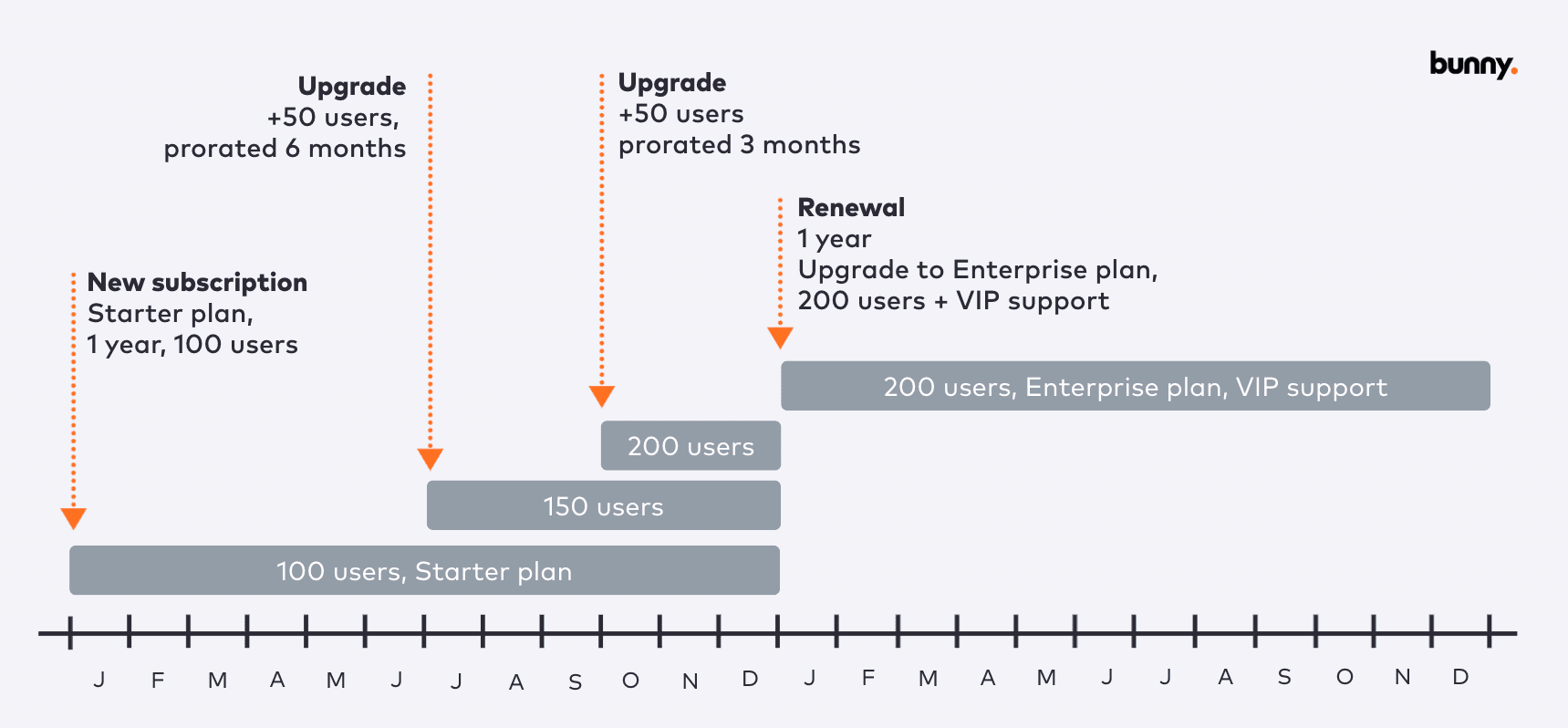
The challenges with standalone CPQ

CPQ (configure, price, quote) is hard. 90 percent of you tuned out of this post already, but if you’re even the slightest interested in subscriptions, hear me out.
What makes CPQ so complicated is that it sits between CRM and billing. Its purpose is to expose all the products available for sale (SKUs) to salespeople who can then build quotes, get them accepted, fulfil the order and collect the money. Simple in principle.
As I described in my “Tip of the iceberg” post, the initial deal is just the beginning. If you are selling a non-subscription product, quoting is not too hard. There are no existing subscriptions to factor in, no proration, no tenant provisioning etc.
For a B2B SaaS company, quoting couldn’t be more complicated. The first quote is relatively simple. Say, 100 users for a year at a certain price. But quotes for upsells and renewals are extremely complex, because now the quote has to factor in the current state of the customer’s subscriptions.
Proration: Adding 50 more users mid-term isn’t as simple as tacking on 50 users. Costs must be prorated for the remainder of the term.
Tiered pricing: If adding users pushes the customer into a new pricing tier, unit costs may change.
Mid-term plan changes: Switching plans mid-term requires issuing a credit for the unused portion of the current subscription, creating a new subscription for the upgraded plan, and ensuring accurate tax calculations and revenue recognition.
Renewals: This is always a good time for customers to renegotiate the contract and for you to upsell them, which increases the complexity of the quote.
Operational complexity: Once the quote is finalized, the order needs to activate seamlessly in your SaaS platform to avoid delays or errors.
As your SaaS business grows—whether it’s 3%, 5%, or 10% month over month, the number of existing subscriptions will quickly surpass the volume of new subscriptions your sales team can generate. Add new products and features to the mix, and the complexity compounds exponentially.
Most SaaS companies get by with manual processes and a bit of homegrown automation, but you can drastically reduce the cost of revenue operations by streamlining the process with a solution like Bunny.

